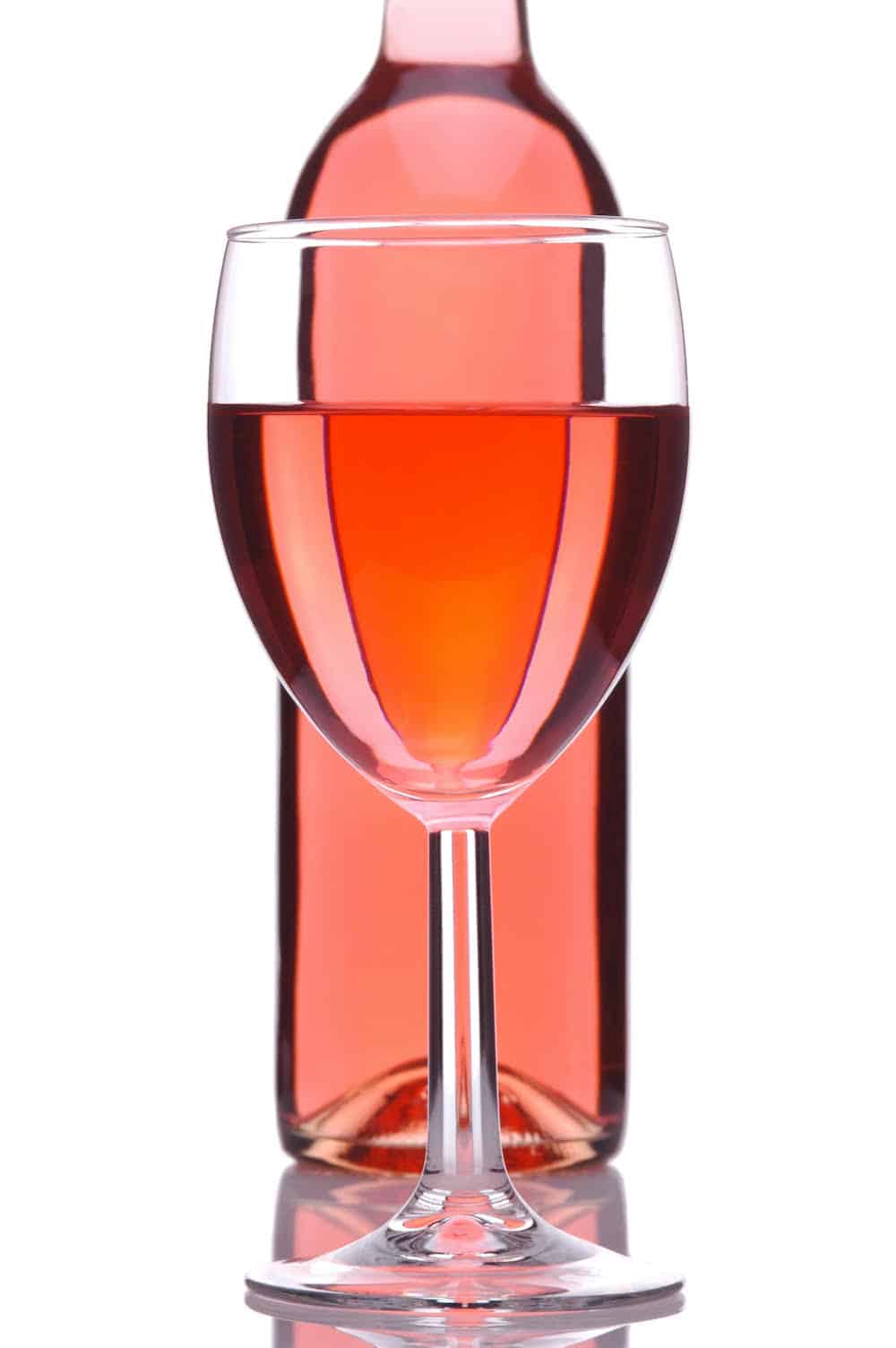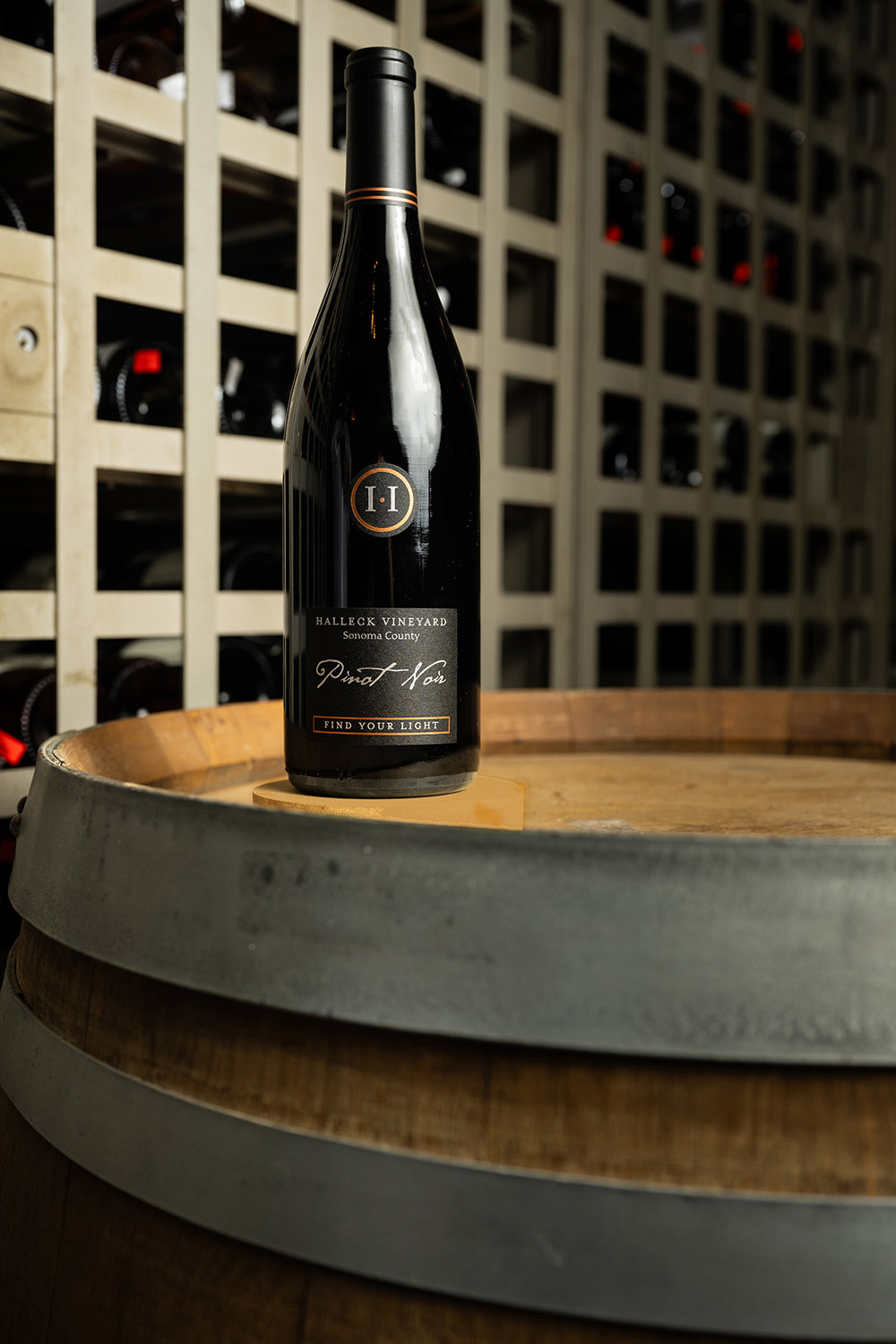Walk-In Wine Tastings: Where to Go in Sonoma 95433
Understanding the nuanced vocabulary related to winery wine tasting is essential for both novices and seasoned connoisseurs alike. Every term brings to life the experience of tasting wine and might improve one’s appreciation of the many intricacies concerned. Wine tasting is extra than just consuming; it is an art that includes numerous senses and emotions.
To begin with, the term "nose" refers to the aromas one detects when smelling the wine. This is a vital step because the bouquet units the stage for the tasting experience. Notes of fruit, spice, earth, and wooden may mingle, providing a glimpse of what the palate would possibly verify. Understanding "nosing" the wine can dramatically elevate one's sensory journey.
One Other key facet is the term "physique." The physique of the wine describes its weight and fullness on the palate. A full-bodied wine has a robust presence and tends to linger longer after swallowing. Conversely, light-bodied wines could feel more delicate and refreshing. Recognizing the body helps tasters assess the wine's construction and steadiness.
Savor Unique Wines from California 95409
The concept of "tannins" is significant in pink wine tasting. Tannins are compounds derived from grape skins, seeds, and stems, contributing to a wine's texture and growing older potential. Excessive tannin wines often end in a dry mouthfeel, whereas lower tannin levels yield a smoother experience. This distinction is especially important when pairing wines with food, as tannins can either complement or conflict with sure dishes.
In addition to tannins, "acidity" performs a significant position within the wine tasting experience. Acidity offers wine its crispness and liveliness - Insider Tips for Visiting Sonoma Wineries. Wines with greater acidity tend to be refreshing and energizing, making them wonderful companions for a wide range of meals. Recognizing acidity can drastically improve one’s food-pairing capabilities and total tasting enjoyment.
When delving into the flavor profile of a wine, one could encounter the term "end." The finish refers again to the aftertaste that lingers in the mouth after swallowing. A lengthy end is often related to high-quality wines, as it signifies complexity and depth. A brief finish might counsel an easier wine. Knowing the method to evaluate the finish can reveal much a few wine's character.
Exploring the "vintage" is also integral to wine tasting terminology. The vintage denotes the yr during which the grapes were harvested. Completely Different years can yield vastly different outcomes due to variations in local weather conditions. For occasion, a sizzling summer can produce extra concentrated flavors, while a cooler yr would possibly yield more delicate, nuanced wines. Understanding vintage permits for a deeper appreciation of a wine’s origin and potential.
Insider's Look at Winery Experiences in Sonoma County
The term "terroir" encompasses the geographical and environmental factors that contribute to a wine's distinctive character. Elements corresponding to soil sort, climate, elevation, and topography all play a job within the flavor and quality of the wine. This connection to position helps one understand why wines from different areas can style so distinctively completely different, even when produced from the same grape selection (Welcoming Outdoor Wine Tasting Venues in Sebastopol).
When engaging with wines, the phrase "leg" refers to the droplets that form on the within of the glass after swirling. These droplets can point out the wine's alcohol content material and viscosity. Whereas observing the legs won't directly relate to the wine’s taste, it provides to the general experience and intrigue of wine tasting less transparent.
Vineyard Views and Unique Experiences in Russian River Valley
A extra particular term that may arise throughout tastings is "oak." The affect of oak barrels on wine can impart flavors corresponding to vanilla, toast, or spice. The degree of oak aging can differ broadly amongst wines, affecting each aroma and style. Understanding oak treatment provides insights into the winemaker’s choices and the resulting complexity of the wine.
In wine tasting, one may additionally hear the term "palate." The palate refers again to the general style experience within the mouth. This encompasses sweetness, bitterness, acidity, and physique. A well-balanced palate is essential for a harmonious tasting experience, and recognizing any imbalances helps assess the quality of the wine.
The experience of wine tasting is greatly enriched by understanding the terminology that accompanies it. Each term serves a purpose, enhancing the ability to convey thoughts and feelings about the wine one's experiencing. This vocabulary bridges communication between tasters, sommeliers, and winemakers alike.
To totally take pleasure in wine tasting, it's important to interact all senses. The sight of the wine, its colour, and readability can present perception into its age and high quality. Swirling the wine releases aromas that heighten the olfactory experience, whereas the precise tasting permits for an entire evaluation of the wine's profile.
Wine Enthusiast's Guide to Discovering the Wines of Sebastopol
In conclusion, understanding the detailed rationalization of winery wine tasting terminology tremendously enhances the experience of tasting. Each term invites the taster to have interaction more deeply with the wine, encouraging connections to the senses, the winemakers, and the lands where the grapes are grown. This nuanced vocabulary creates a richer, extra fulfilling wine tasting Private wine tours in Sebastopol experience.
- Aroma refers again to the scents released by the wine, which may point out its grape selection and affect the tasting experience.
- Tannins are natural compounds found in grape skins, seeds, and stems, contributing to the wine's structure and growing older potential.
- A end, or aftertaste, is the lingering flavor sensation that continues to be on the palate after swallowing, often a key indicator of quality.
- Body describes the load and fullness of wine within the mouth, typically categorized as light, medium, or full-bodied.
- Terroir denotes the distinctive environmental traits of a winery that affect the taste and quality of the wine, including soil sort and local weather.
- Acidity is a crucial part that contributes to a wine's freshness and steadiness, impacting its getting older capability and overall flavor profile.
- Vintage indicates the year grapes were harvested and plays a significant role in determining the wine's characteristics, reflecting specific weather conditions.
- Decanting involves pouring wine from its bottle into another vessel, permitting it to aerate and enhancing its flavors and aromas.
- A corked wine could also be tainted by a defective cork, leading to musty or off-putting flavors that detract from the wine's supposed profile.
- The term “legs” refers to the droplets that cling to the within of a glass after swirling, usually related to the wine's alcohol content material and viscosity.undefinedWhat is the that means of "nose" in wine tasting?undefinedThe "nostril" refers again to the aroma profile of the wine, which is detected through the sense of scent. It Is an important facet of wine tasting, as aromas can reveal lots about the grape variety, winemaking process, and getting older.
How ought to I correctly style wine?undefinedTo taste wine effectively, follow these steps: observe the colour, swirl the wine to aerate it, take a delicate sniff to seize the aromas, sip and let it coat your palate, and eventually, note the finish. This approach helps in appreciating the wine’s complexity.
What are "tannins" and the way do they affect wine?undefinedTannins are natural compounds found in grape skins, seeds, and stems that contribute to a wine's construction and astringency. They can create a drying sensation in the mouth, they usually additionally play a role within the wine's getting older potential.
Savor High-Quality Wines from California

What does the term "stability" mean in wine tasting?undefinedBalance refers to the harmony between the different elements of a wine, such as acidity, sweetness, alcohol, tannin, and flavor depth. A well-balanced wine may have every of those parts supporting each other quite than overpowering the others.
What is the significance of "terroir" in wine tasting?undefinedTerroir encompasses the environmental factors—such as soil, local weather, and geography—that influence the traits of the wine produced in a specific area. Understanding terroir helps tasters respect the distinctive qualities that completely different areas impart to their wines.
What does "vintage" imply and why is it important?undefined"Vintage" indicates the 12 months when the grapes have been harvested. It is essential because it affects the wine’s high quality and characteristics, as climate conditions in the course of the growing season can considerably affect flavor profiles and aromatics.
What are "legs" and what do they signify?undefined"Legs" check with the droplets that kind and run down the inside Get More Information of a glass after swirling wine. Whereas they can point out alcohol content and viscosity, they do not decide quality—this is more about personal notion of richness.
What to Expect at Outdoor Vineyard Experiences in California 95403

What does "full-bodied" imply versus "light-bodied"?undefined"Full-bodied" wines are rich, dense, and often have larger alcohol content material and sophisticated flavor profiles, while "light-bodied" wines are extra delicate and refreshing with a decrease alcohol content. This distinction helps tasters perceive the expected weight and mouthfeel of the wine.
How can I establish fruit flavors in wine?undefinedTo determine fruit flavors, consider the aroma and style profiles. Swirl the wine, inhale deeply to capture the bouquet, and focus on particular characteristics. Familiarity with typical fruit profiles of various grape varieties can improve this identification process.
What is "end" in wine tasting?undefinedThe "finish" refers to the aftertaste that lingers within the mouth after swallowing. A long, advanced finish is commonly a sign of high quality in a wine, as it displays the depth of flavor and general craftsmanship within the winemaking course of.